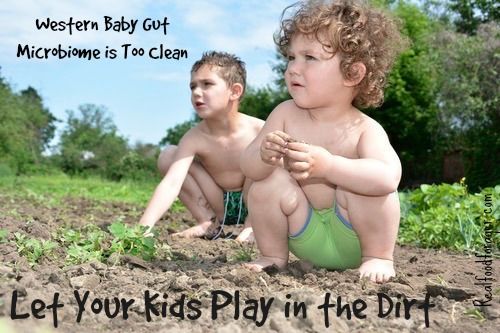Making enough milk at 7 months
 Heather writes:
Heather writes:
“My son is about to hit seven months and I’ve noticed lately that my milk production has decreased and I’m having a really hard time pumping, which is made worse because being in the Army I only get two twenty minute breaks to pump per day. Any advice?”
Heather, I remember talking to you several months ago. Congratulations on such a successful breastfeeding journey. You are a rock star!! Breastfeeding for seven months while on active duty is impressive. If you haven’t already, I suggest you go check out “Breastfeeding in Combat Boots” a book dedicated to breastfeeding while on active duty.
Now, to turn to your question, when the baby begins to take in solid foods, his need for breast milk begins to decrease. Studies have demonstrated that infant breast milk intake drops when solids begin, and that is just logical, we can only eat so much in a day. There is also a decrease in Prolactin levels that really kicks into high gear at about six months. While Prolactin doesn’t “make milk” it allows it to be made. But that doesn’t mean that you should stop synthesizing milk when your baby hits six months old either. I honestly believe that the reason Prolactin levels drop is because of how we measure Prolactin. It may not be an actual drop, just a drop in circulating free Prolactin, but don’t get me diving down THAT rabbit hole.
The first thing to ask is “what has changed?” Have you started contraception (does it have estrogen?). The questions on contraception and breastfeeding haven’t been fully answered. There are women who are sensitive to estrogen, even 6-12 months out from breastfeeding. Some may even struggle with progesterone only (like Depo-Provera), even this far out from birth. Have you started to have a menstrual cycle? Menstrual cycles don’t impact breastfeeding, but it is a sign that your body is returning to it’s prepregnant state. Could you be pregnant? That is a question that breastfeeding mothers rarely ask themselves. If none of that applies, ask yourself how often your baby is nursing while at home, and how much he is taking while in daycare? It could be that you are overestimating how much you need? Finally, and this is one that gets a lot of people, check your pump. Believe it or not, batteries die, and so do pumps. Pumps, even really expensive pumps are not meant to last forever, they are designed to work for about one year of daily use. If your pump is well used, it may be time to get another one. Even the best cars don’t last forever.
If everything else is the same, and your baby still needs the amount of milk you were giving him at four months, then I would fall back on the basics of pumping and milk supply. Supply and demand is a law in breastfeeding. The more you empty the breasts, the more milk they will make to replace it. Spend a couple of days (perhaps over a weekend) where you pump while nursing with every feed. After the feeding, double pump for about 10 more minutes. This double stimulation will signal to your body that you need more than you may be making right now, and may kick production back into high gear. The average mother’s breasts are very responsive to infant demands and will compensate for whatever the baby desires. Give it a shot.
Finally, a little about work. Two breaks during the day is tough, the Army certainly doesn’t make it easy on breastfeeding mothers, particularly after six months. BFICB has some good resources for you to try, but in brief, talk about it with your boss. Ask for one more pumping session. You should be allowed to pump at least as often as your co-workers are allowed to smoke. Suggest that you get a break every time one of them goes outside for a smoke. I tend to think that even NCO’s can be reasonable when asked in the right way. Try to ask “What do I have to do to get one more pumping break worked into my schedule?” Come in a little early? Stay a few minutes later? Volunteer for a detail? It may not be fair, but “fair” isn’t a concept found in nature. You may have to work a little harder for what you really want.



